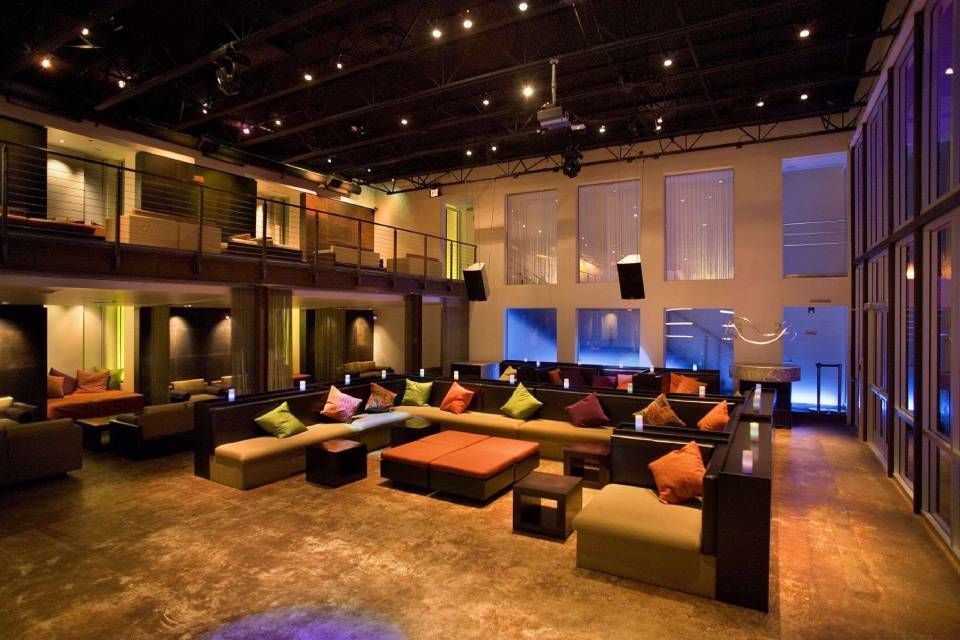Optimal Strategies for Positioning Sound Systems to Maximize Sound Quality and Audience Engagement in Spacious Venues
Optimal Strategies for Positioning Sound Systems to Maximize Sound Quality and Audience Engagement in Spacious Venues
Blog Article
Arranging loudspeakers in spacious locations is crucial for guaranteeing superior audio clarity and engaging the audience effectively. The placement of speakers can significantly influence how audio travels throughout the space. When organizing an event, it is essential to consider the venue's dimensions, shape, and acoustics. Each of these factors plays a crucial role in how sound is distributed and experienced by the spectators. By comprehending these factors, occasion organizers can develop an optimal setup that enhances the overall experience for all involved.
One important aspect to consider is the type of loudspeakers being utilized. Various speakers have unique characteristics that affect sound clarity. For example, array line speakers are often preferred in large venues because they can broadcast sound over long distances while maintaining fidelity. These loudspeakers are designed to work together, allowing audio to arrive at every corner of the room evenly. Additionally, bass speakers can be tactically placed to enhance bass response, making the audio experience more immersive. Selecting the appropriate combination of speakers is essential for achieving the optimal audio clarity.
Another critical factor is the arrangement see here now of the loudspeakers. The positioning should be determined on the spectators' configuration and the venue's acoustics. For example, loudspeakers should be set at an suitable height and angle to guarantee that sound signals hit the spectators without distortion. It is also important to steer clear of positioning speakers too near to walls or edges, as this can create undesired reflections and reduce sound clarity. A well-thought-out setup can help minimize sound problems and foster a more enjoyable listening experience.
In addition to loudspeaker arrangement, sound testing is a vital process in the process. Before the event begins, conducting sound checks allows organizers to detect any potential problems and make necessary modifications. This checking should encompass checking for feedback, adjusting volume levels, and confirming that all loudspeakers are functioning correctly. By taking the time to test the sound setup, occasion planners can confirm that the sound clarity satisfies the spectators' requirements and improves their involvement with the event.
Finally, audience engagement can be further enhanced by taking into account the complete layout of the location. Elements such as arrangement, illumination, and platform design can all affect how the audience interacts with the loudspeakers. For example, a brightly illuminated stage can draw attention to the speaker, while cozy chairs can maintain the spectators attentive and alert. By creating an inviting atmosphere, planners can encourage a connection between the speakers and the audience, leading to a more unforgettable and significant occasion. In conclusion, careful planning and thought of audio clarity and spectator involvement are crucial for effective events in large locations.